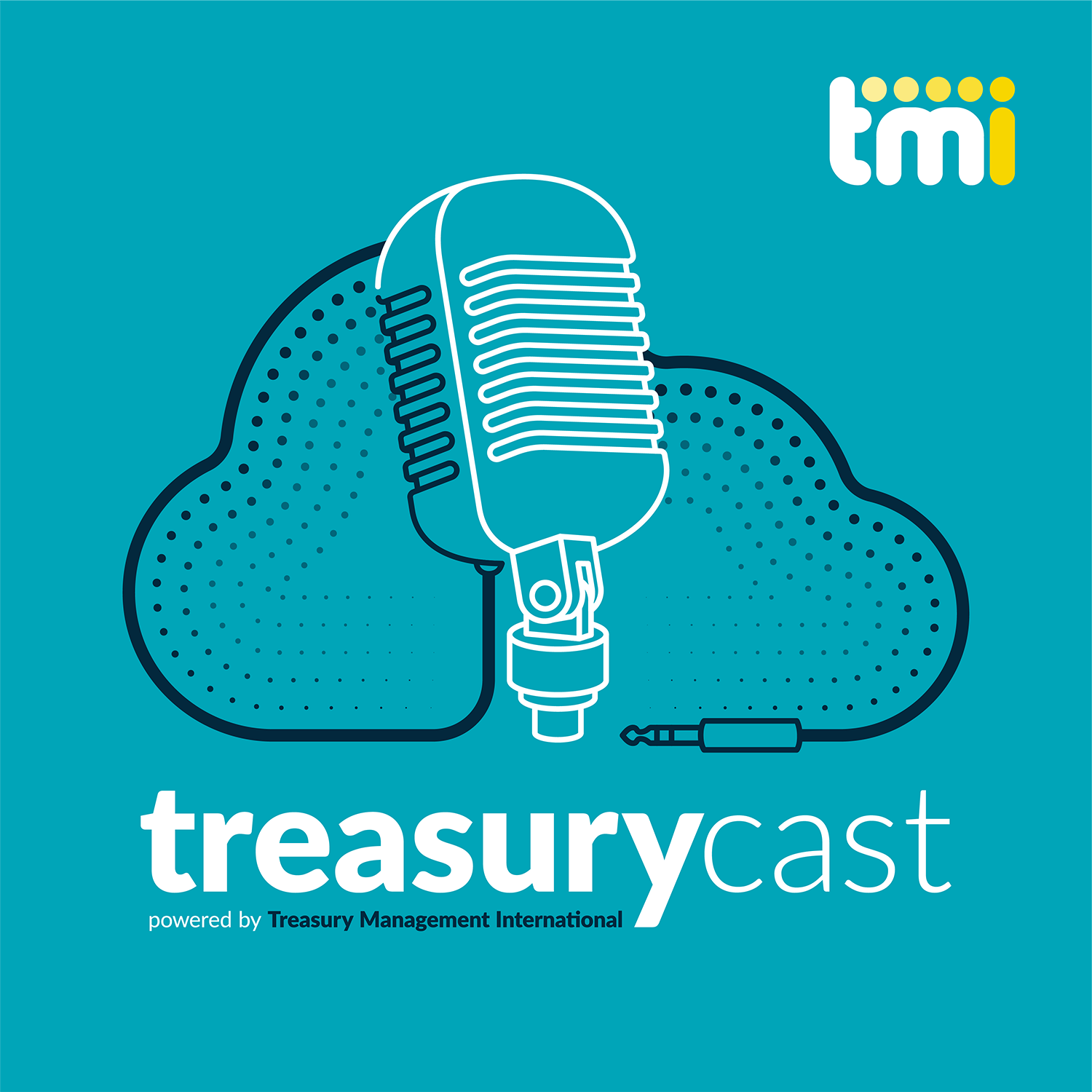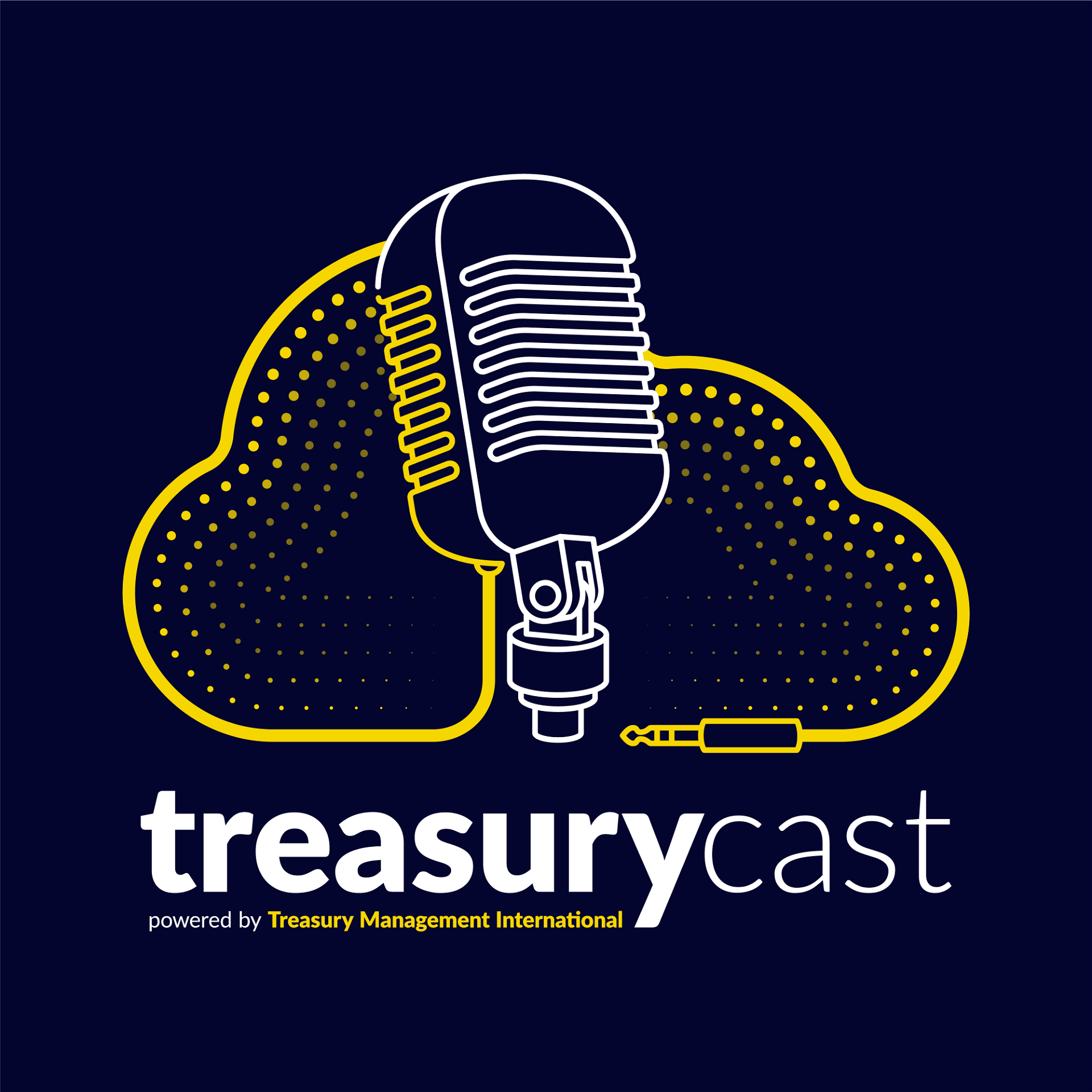The annual Bottomline Business Payments Barometer was this year preceded by a webinar with guest speakers representing treasury, small business and banking. The full report can be read here but TMI presents a glimpse of the future, as envisioned by each of the speakers.
The payments space has been through a period of turbulence over the past year and a half, largely as result of the pandemic. Global lockdowns have driven uptake of many new formats and channels, as well as forcing a rise in online fraud, and something of a liquidity quake for many businesses. But what of the future?
For Gavin Maclean, Managing Director, Payments Product, at Lloyds Banking Group, there was an obvious “step change” in 2020/2021, but the trends over the next year or two will soon revert to their pre-crisis shape, he believes.
“The main drivers behind the key trends in payments have not changed,” Maclean explains. “Regulation is enabling more competition and innovation, we have improved technology enabling new payment experiences, and consumers demanding more self-service, more convenience, and more seamless payment journeys.”
The return to normality (new or otherwise) will see the way payments are made benefit in the medium term from increasing investment and innovation in areas such as wearable technology, open banking, artificial intelligence (AI) and automation, he suggests. “The potential is there, it’s just waiting to be unlocked.”
In the longer term, as the major economies of the world begin their slow recovery, and the UK in particular moves beyond the challenges of Brexit, Maclean believes banks will need to help businesses reach the markets that they wish to trade in. “Businesses will find a way, so we’ll have a significant focus in making cross-border payments as fast, easy, and transparent for them as domestic payments are today.”
Government and industry bodies will have a major part to play in enabling and facilitating that change says Maclean, but he feels that the main driver will still be the market “and the ability of the industry to deliver”.
In the small business sector, understandably the focus remains the pandemic and its aftershock. Confidence is returning, albeit from a “very low baseline”, notes Daniel Bellis, Senior Policy Manager, Federation of Small Businesses. The position of these companies, he comments, remains distinctly “fragile” in the face of ongoing lockdown conditions. “It could all shatter very easily.”
Depending on how new variants of Covid-19 develop and spread, he argues that small businesses can ill afford to return to another lockdown. “There can’t be a rolling back of the easing we have seen because I think it would destroy business confidence going forward, and probably scupper their financial plans for 2022 and possibly into 2023.”
Many small businesses will therefore be fixated on the UK government’s impending announcement concerning the loosening of most restrictions. And for most, Bellis says “confidence and clarity” is vital. “The worse thing now would be to offer confusing messages and insufficient timescales to prepare,” he states. “If there are to be delays in unlocking, we’re better off getting that message out sooner rather than later. We don’t want people placing big orders, or making bold plans, only to find out that it’s not going to happen.”
Beyond the restricted world, many small businesses will be looking to pay down a lot of the debt they have accrued over the past 18 months, suggests Bellis. Those that have been fortunate to survive this period without taking on huge amounts of debt will, he feels, be looking at how they can keep their momentum going.
Indeed, while this year has been a “fight for survival” for many, those that have made it will have a more optimistic outlook and “will probably have the extra drive and impetus to really push ahead in the next couple of years”.
Of the thrivers, a large number will have already adapted and moved to digital channels and payment types. The hope is that most of these businesses will retain the new tools, says Bellis. It’s true that consumers have taken decisively to the online experience, but he has seen many high street businesses innovate over the past year, moving online and into digital payments and new delivery models.
The big question now is whether they will stick with these new ways of working, he says. “We know small businesses are often idea-rich but time- and energy-poor. Running an online business while the old ways aren’t possible is fine. But when the option to do both returns, smaller firms will have to make a decision on their future direction. I hope these businesses have learnt the lessons of the past year and half and can adapt, rather than fall back on old ways.”
The same desire to retain new ways holds true for consumers too. To cater to this demand, corporates at the higher end of the spectrum have been engaging in significant customisation at the business-to-consumer (B2C) level, notes Naresh Aggarwal, Associate Director, Policy & Technical, Association of Corporate Treasurers.
The consumer experience of buying, delivery, returns, and refunds has been sharpened up considerably by some of the large online players, especially the marketplaces, he notes. “The demands of consumers have changed and they will not go back.”
In the medium term, Aggarwal says businesses of all sizes should be building their payments strategies. “They’ll be looking not just at what has already happened and adopting existing technologies but also at what is coming down the line, with concepts such as request-to-pay and the roll-out of confirmation of payee to larger enterprises.”
Strategies will encompass how to adopt such tools, and will see treasury and payments systems interacting with a host of other systems, including sales, stock and production control, to ensure the business moves at the same pace internally. “We will start to see more coalescing of payments factories, teams that manage card payments, and a greater centralisation on payments hubs.”
Opting for a “mildly controversial” longer-term prediction, Aggarwal says “there will be no payments”. He explains that while transactions will take place, they will be largely invisible. At the sharp end, the payment rails and the supporting infrastructure will be anonymous. Indeed, most people making a payment – consumer or business – are already largely “indifferent” to the machinery of the transaction, he notes.
However, the big change will be that whereas the current model is somewhat fractured, payments will be delivering enhanced, data-rich information and be “intrinsically wrapped around the service or goods that are being delivered”. This, he states, will be a game-changer.
Crypto-logic
One of the most talked-about ideas of recent times has been the rise of cryptocurrencies, especially as a legitimate payment format. TMI recently published an in-depth article exploring many aspects of this topic.
However, for Maclean, digital currencies may have once been a middle-ranking priority for payments specialists, but looking at this year’s barometer, he sees it as having slipped down the list and is now among the lower orders of business.
Companies are more concerned about traditional currencies, he explains, “and I don’t think the focus has shifted, certainly as a payment type, onto digital currencies in any meaningful way”. While he notes much interest in cryptocurrencies as an investment or asset class in their own right, the interest does not extend to using them as a serious payment instrument. That said, he believes “that day will come”. But with everything businesses have been through over the past 18 months or so, now is not the time.
In the small business sector, the sentiment around crypto is much the same. There may be a few outliers that are experimenting with it, says Bellis, “but they are few and far between”. As with their larger counterparts, he sees them too focused on cash injections and liquidity in traditional currencies to take crypto seriously, and this is likely to be the case for the foreseeable future. “That’s not to say it will never happen, just not now.”
For Aggarwal, while some large corporates have made a big splash about their adoption of Bitcoin, “most are waiting and watching on the sidelines”, especially regarding using Bitcoin as a digital asset.
“I’m encouraging our treasury community to research and understand what these digital currencies genuinely are, whether central bank digital currency or distributed ledger technology, because there are still a lot of myths and misunderstandings out there,” he says. “Don’t ignore it, but as risk managers and payments specialists, we need to be able to articulate the current state of play and what it means for the business”.





